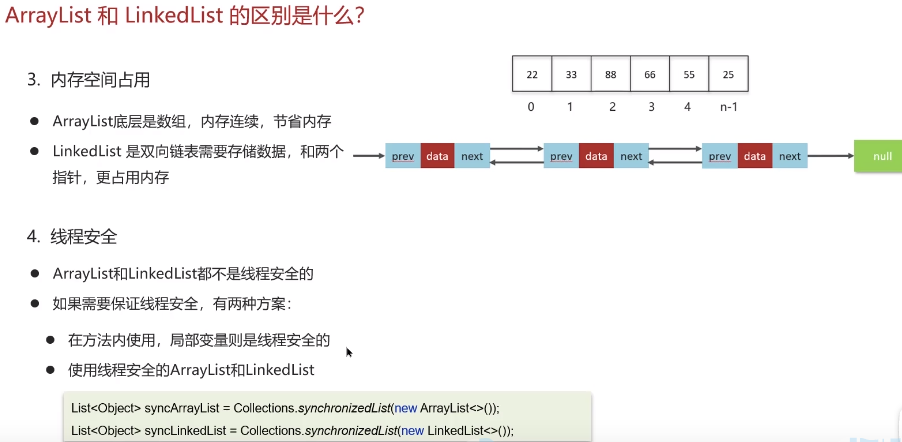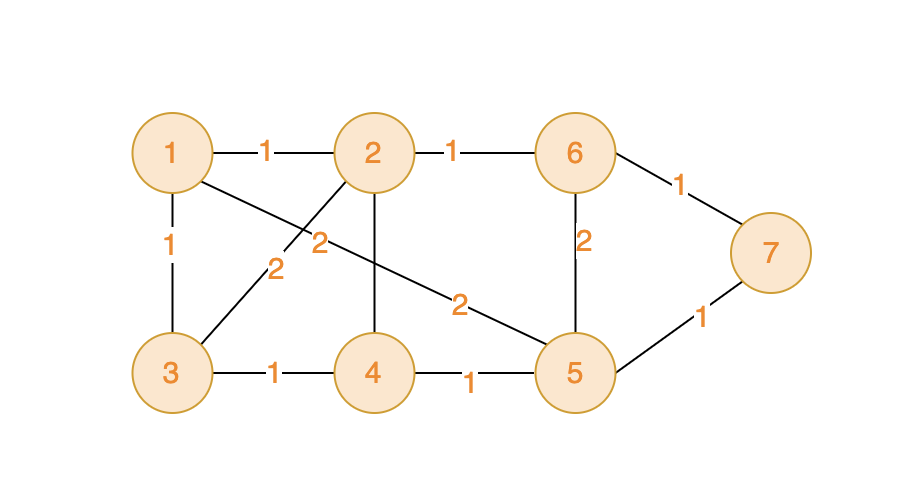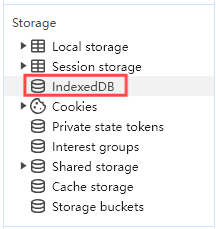
文章目录
- 📝priority_queue的介绍和使用
- 🌠 priority_queue的介绍
- 🌉priority_queue的使用
- 🌠仿函数的使用
- 🌠C语言有趣的模仿push_back
- 🌠priority_queue的模拟实现
- 🚩总结
📝priority_queue的介绍和使用
🌠 priority_queue的介绍
priority_queue官方文档:https://legacy.cplusplus.com/reference/queue/priority_queue/?kw=priority_queue

- 优先队列是一种容器适配器,根据严格的弱排序标准,它的第一个元素总是它所包含的元素中最大的。
- 此上下文类似于堆,在堆中可以随时插入元素,并且只能检索最大堆元素(优先队列中,位于顶部的元素)
- 优先队列被实现为容器适配器,容器适配器即将特定容器类封装作为其底层容器类,queue提供一组特定的成员函数来访问其元素,元素从特定容器的尾部弹出,其称为优先队列的顶部。
- 底层容器可以是任意标准容器类模版,也可以是其他特定设计的容器类。容器应该可以随机访问迭代器访问,并支持以下的操作:
- empty():检测容器是否为空
- size():返回容器中有效元素个数
- front():返回容器中第一个元素的引用
- push_back():在容器尾部插入元素
- pop_back():删除容器尾部元素
- 标准容器类vector和deque满足这些需求。默认情况下,如果没没有为特定的priority_queue类实例化指定容器类,则使用vector.
- 需要支持随机访问迭代器 ,以便始终在内部保持堆结构,容器适配器通过在需要时自动调用算法函数make_heap,push_heap,和pop_heap来完成自动操作
🌉priority_queue的使用
优先级队列默认使用vector作为其底层容器存储数据的容器,在vector上又使用堆算法讲vector中元素构造成堆的结构,因此priority_queue就是堆,所有需要用到堆的成员位置,都可以考虑使用priority_queue。
注意:默认情况下priority_queue是大堆
| 数说明 | 接口说明 |
|---|---|
| priority_queue()/priority_queue(first,last) | 构造空的栈 |
| empty() | J检测优先级队列是否为空,是返回true,否则返回false |
| size() | 返回元素的个数 |
| top() | 返回优先级队列中最大(最小元素),即堆顶元素 |
| push(x) | 在优先级队列中插入元素 |
| pop() | 删除优先级队列中最大(最小)元素,即堆顶元素 |
需要注意的是:
- 默认情况下,
priority_queue是大堆


如果需要要得到小堆,修改比较方式就好,比较方式可以有仿函数,函数指针,函数模板,类模版等等,
比如使用function文件的


正常来说,greate是用来降序,大根堆,这里跟往常使用不同,因此,需要注意!!
- 如果在
priority_queue中放自定义类型的数据,用户需要在自定义类型中提供> 或者< 的重载。
class Date
{
public:
Date(int year = 1900, int month = 1, int day = 1)
: _year(year)
, _month(month)
, _day(day)
{}
bool operator<(const Date& d)const
{
return (_year < d._year) ||
(_year == d._year && _month < d._month) ||
(_year == d._year && _month == d._month && _day < d._day);
}
bool operator>(const Date& d)const
{
return (_year > d._year) ||
(_year == d._year && _month > d._month) ||
(_year == d._year && _month == d._month && _day > d._day);
}
friend ostream& operator<<(ostream& _cout, const Date& d);
private:
int _year;
int _month;
int _day;
};
ostream& operator<<(ostream& _cout, const Date& d)
{
_cout << d._year << "-" << d._month << "-" << d._day;
return _cout;
}
struct PDateLess
{
bool operator()(Date* p1, Date* p2)
{
return *p1 < *p2;
}
};
void TestPriorityQueue()
{
// 大堆,需要用户在自定义类型中提供<的重载
bit::priority_queue<Date*, vector<Date*>, PDateLess> q1;
q1.push(new Date(2018, 10, 29));
q1.push(new Date(2018, 10, 28));
q1.push(new Date(2018, 10, 30));
while (!q1.empty())
{
cout << *q1.top() << " ";
q1.pop();
}
cout << endl;
}
int main()
{
TestPriorityQueue();
return 0;
}
- 如 在OJ中的使用
数组中的第K个最大元素:https://leetcode.cn/problems/kth-largest-element-in-an-array/description/
class Solution {
public:
int findKthLargest(vector<int>& nums, int k) {
// 将数组中的元素先放入优先级队列中
priority_queue<int> p(nums.begin(), nums.end());
// 将优先级队列中前k-1个元素删除掉
for (int i = 0; i < k - 1; ++i)
{
p.pop();
}
return p.top();
}
};
🌠仿函数的使用
仿函数/函数对象:重载了operator()的类,类的对象可以像函数一样使用operator()特点,参数个数和返回值根据需求确定,不固定,很灵活
// 定义一个仿函数类
class Add {
public:
// 重载 operator(),接受两个参数并返回它们的和
int operator()(int a, int b) {
return a + b;
}
};
int main() {
// 创建仿函数对象
Add add;
// 使用仿函数
int result = add(3, 4); // 调用 operator()
std::cout << "3 + 4 = " << result << std::endl;
return 0;
}
灵活使用:
class Func
{
public:
void operator()(int n)
{
while (n--)
{
cout << "Func调用" << endl;
}
cout << endl;
}
};
int main()
{
//仿函数
Func f1;
f1(10);
f1.operator()(10);
return 0;
}


🌠C语言有趣的模仿push_back
void PushBack(int x)
{
printf("void PushBack(int x)\n");
}
// C
struct Vector
{
void(*push_back)(int);
int* _a;
int _size;
int _capacity;
};
void Init(struct Vector* pv)
{
pv->push_back = PushBack;
//...
}
int main()
{
Vector v;
Init(&v);
v.push_back(1);
v.push_back(2);
return 0;
}

🌠priority_queue的模拟实现
通过对priority_queue的底层结构就是堆,因此此处只需对对进行通用的封装即可。
- 基本框架
#pragma once
#include <iostream>
#include <vector>
#include <algorithm>
using namespace std;
namespace own
{
template<class T>
struct myless
{
bool operator()(const T& x, const T& y)
{
return x < y;
}
};
template<class T>
struct mygreater
{
bool operator()(const T& x, const T& y)
{
return x > y;
}
};
template <class T,class Container = vector<T>,class Compare = myless<T>>
class priority_queue
{
public:
//强制编译器生成
priority_queue() = default;
T& top()
{
return _con[0];
}
size_t size()
{
return _con.size();
}
bool empty()
{
return _con.empty();
}
private:
Container _con;
};
}
- 使用迭代器添加元素数据进数组:
当数据都进vector容器,我们随带建堆:
template<class InputIterator>
priority_queue(InputIterator first, InputIterator last)
{
while (first != last)
{
_con.push_back(*first);
++first;
}
//从顶开始建堆
for (size_t i = 0 ;i < _con.size();++i)
{
adjustup(i);
}
}
- 建堆两种方式:向上建堆:向下建堆:

//第一种
void adjustup(size_t child)
{
Compare comfunc;
while (child > 0)
{
size_t parent = (child - 1) / 2;
if (comfunc(_con[parent], _con[child]))
{
swap(_con[parent], _con[child]);
child = parent;
parent = child * 2 + 1;
}
else
{
break;
}
}
}
//第二种
void adjustup(int child)
{
Compare comfunc;
while (child > 0)
{
size_t parent = (child - 1) / 2;
if (comfunc(_con[parent], _con[child]))
{
swap(_con[child], _con[parent]);
child = parent;
//加不加这个parent都可以,因为上面可以再次获取,加了可以方便理解
//parent = (child - 1) / 2;
}
else
{
break;
}
}
//}
//第三种
//也可以是这样的写法
void adjustup(int child)
{
Compare comfunc;
size_t parent = (child - 1) / 2;
//
// 注意:这里的parent 和child的顺序要和adjustdown的if (comfunc(_con[parent] , _con[child]))比较顺序一致
while (comfunc(_con[parent] , _con[child])) {
swap(_con[child], _con[parent]);
child = parent;
parent = (child - 1) / 2;
}
}
- 向下调整建堆:
void adjustdown(int parent)
{
Compare comfunc;
size_t child = 2 * parent + 1;
while (child < _con.size())
{
if (child + 1 < _con.size() && comfunc(_con[child] , _con[child + 1]))
{
++child;
}
if (comfunc(_con[parent] , _con[child]))//注意:这里的parent 和child的顺序要和adjustupwhile (comfunc(_con[parent] , _con[child]))顺序一致
{
swap(_con[parent], _con[child]);
parent = child;
child = 2 * parent + 1;
}
else
{
break;
}
}
}
- 两个操作
push和pop

void push(const T& x)
{
_con.push_back(x);
adjustup(_con.size() - 1);
}
void pop()
{
std::swap(_con[0], _con[_con.size()-1]);
_con.pop_back();
adjustdown(0);
}

priority_queue的源代码:
#pragma once
#include <iostream>
#include <vector>
#include <algorithm>
using namespace std;
namespace own
{
template<class T>
struct myless
{
bool operator()(const T& x, const T& y)
{
return x < y;
}
};
template<class T>
struct mygreater
{
bool operator()(const T& x, const T& y)
{
return x > y;
}
};
template <class T,class Container = vector<T>,class Compare = myless<T>>
class priority_queue
{
public:
//强制编译器生成
priority_queue() = default;
//
template<class InputIterator>
priority_queue(InputIterator first, InputIterator last)
{
while (first != last)
{
_con.push_back(*first);
++first;
}
//从顶开始建堆
for (size_t i = 0 ;i < _con.size();++i)
{
adjustup(i);
}
}
//void adjustup(size_t child)
//{
// Compare comfunc;
// while (child > 0)
// {
// size_t parent = (child - 1) / 2;
// if (comfunc(_con[parent], _con[child]))
// {
// swap(_con[parent], _con[child]);
// child = parent;
// parent = child * 2 + 1;
// }
// else
// {
// break;
// }
// }
//}
//void adjustup(int child)
//{
// Compare comfunc;
// while (child > 0)
// {
// size_t parent = (child - 1) / 2;
// if (comfunc(_con[parent], _con[child]))
// {
// swap(_con[child], _con[parent]);
// child = parent;
// //加不加这个parent都可以,因为上面可以再次获取,加了可以方便理解
// //parent = (child - 1) / 2;
// }
// else
// {
// break;
// }
// }
//}
//i 为child
//也可以是这样的写法
void adjustup(int child)
{
Compare comfunc;
size_t parent = (child - 1) / 2;
//
// 注意:这里的parent 和child的顺序要和adjustdown的if (comfunc(_con[parent] , _con[child]))比较顺序一致
while (comfunc(_con[parent] , _con[child])) {
swap(_con[child], _con[parent]);
child = parent;
parent = (child - 1) / 2;
}
}
//i为parent
void adjustdown(int parent)
{
Compare comfunc;
size_t child = 2 * parent + 1;
while (child < _con.size())
{
if (child + 1 < _con.size() && comfunc(_con[child] , _con[child + 1]))
{
++child;
}
if (comfunc(_con[parent] , _con[child]))//注意:这里的parent 和child的顺序要和adjustupwhile (comfunc(_con[parent] , _con[child]))顺序一致
{
swap(_con[parent], _con[child]);
parent = child;
child = 2 * parent + 1;
}
else
{
break;
}
}
}
void push(const T& x)
{
_con.push_back(x);
adjustup(_con.size() - 1);
}
void pop()
{
std::swap(_con[0], _con[_con.size()-1]);
_con.pop_back();
adjustdown(0);
}
T& top()
{
return _con[0];
}
size_t size()
{
return _con.size();
}
bool empty()
{
return _con.empty();
}
private:
Container _con;
};
}
🚩总结




















